Beets - growing in the garden: planting and care
Cultivate beets even the ancient people began. The first beetroot was a leafy crop, and the famous root crops were first grown in Arab countries, from where vegetables came to Western European countries and spread throughout the world.
As a result of selective work, the culture acquired fodder and dining forms. And the famous sugar beet was the result of crossing fodder hybrids and was called "beetroot".
Content:
- Popular beet varieties
- Soil and seed preparation
- Sowing seeds in open ground
- Planting beets through seedlings
- Proper care of beet plantings
- How to deal with diseases and pests
Popular beet varieties
Since the appearance beets many varieties have been bred, which differ in terms of ripening, and root crops have different shapes and taste characteristics. Each variety has its own pros and cons, but there are some that farmers and gardeners give special preference to.
From early maturing varieties:
- "Red ball" is an ultra-early variety that can be harvested at the end of summer. Root crops are distinguished by their round regular shape and medium size (up to 300 grams). The cut beets are burgundy with indistinct blurred rings. The variety has gained popularity for its generous harvests and amicable ripening of vegetables.
- "One-sprout", the roots of which are ready for harvesting three months after the appearance of the first shoots. Large round vegetables are dark red in color and weigh over half a kilogram.
- "Egyptian", the growing season of which is 110-130 days from the moment the shoots appear. The shape of the beet resembles a whirligig, and the weight of the root crops reaches half a kilogram. The vegetables have a sweet-juicy flesh of a dark red color with a purple tint. This high-yielding drought-resistant variety has good keeping quality.
- The "Bravo" variety, which is valued for its high yield, keeping quality and taste characteristics. The beets are rounded, smooth, and rich in burgundy; the flesh is slightly lighter than the skin; it has a dense and juicy texture and a uniform color.
- Variety "Mona" is a one-sprout variety with cylindrical succulent roots of deep red color. Crops do not need additional thinning.
From mid-season varieties:
- "Bordeaux 237" is a variety of domestic selection, the most studied and popular. Differs in drought resistance. The vegetables are round or flattened with maroon sweet flesh. The variety is distinguished by immunity to diseases and high keeping rates.
- "Detroit", which gives generous yields of medium-sized root crops of the same size with smooth skin and red non-ringed pulp. Beets are distinguished by their advantageous presentation and good keeping quality.
- "Mulatto" is a young variety, a distinctive feature of which is color retention during heat treatments. The crop is harvested four months after germination. Root crops are large, of classic shape and color.
- "Incomparable A-463", which produces a crop of flat or round-flat root crops with a rich burgundy skin. The pulp of scarlet flowers with pronounced rings and good taste
From late-ripening varieties:
- "Cylinder", with cylindrical roots up to 10 cm in diameter, up to 17 cm long and weighing up to 300 grams. Beetroot is juicy-sweet, red on the cut, has a stable immunity to diseases and gives generous harvests of vegetables with good keeping quality.
- "Bikoresu", whose roots have a classic shape and color. Harvesting can begin four to five months after germination. Suitable for winter storage.
- "Egyptian flat" with light red flesh and good taste. Beets can be stored for a long time without losing their taste. Root crops reach a weight of 500 grams.
Each gardener can choose the right beet variety according to climatic conditions and personal preferences. Beets are thermophilic crops, so they should be planted in open, sunny areas. Lack of light leads to loss of color saturation. And also this culture does not tolerate stagnant water in the soil, which should be taken into account when planting.
Preparing the soil for planting beets
Beets need light, loose soils, which allow the roots to freely penetrate into the depths and saturate the plant with moisture. With proper soil preparation, the seat will have:
- a leveled top layer that makes sowing easier
- unconsolidated, but moisture-saving planting holes, facilitating seed germination
- loose soil that provides free growth of root crops and does not retain excess moisture
Proper soil preparation consists of:
- in compaction of sandy soils, by introducing sod soil, humus or compost
- in the enrichment of heavy soils with sand, organic or peat
- in the introduction of fertilizers into depleted soils, appropriate to the season
- in liming acidified soils
Seed preparation and sowing
To get friendly shoots, the seeds should be desensitized and revitalized before sowing. To do this, they are placed for half an hour in an ash or manganese solution heated to 45 degrees. After such a bath, the seed is wrapped in a damp cloth and kept in a warm place for two days.
Also, to increase germination, gardeners recommend vernalization two weeks before sowing.
For this:
- the seed is placed in a deep container and poured with warm water (1 glass of seeds - 1 glass of water). The container should be covered with a damp cloth and left for two to four days.
- swollen seeds are placed in a cool place for 1-1.5 weeks
Such seed material will give early shoots and speed up the harvest time by 10-14 days. Sowing work begins after the establishment of warm weather - in late April-early May. And mid- and late-ripening varieties - at the end of spring. The warmer the air temperature, the faster the sprouts will hatch. Some varieties of beets are sown before winter - this allows you to get an earlier harvest, already at the beginning of summer. The culture should be planted in the beds after cucumbers, cabbage, potatoes and tomato... On the site where related crops grew, beetroot can be sown in 3-4 years. The area should be cleaned of grass and disinfected.
For this method, tape and line sowing methods are used. In the first, long longitudinal grooves are made on the bed with an interval of 40 cm. In the second, the grooves are placed across the ridge, observing the same interval. Seeds are placed in the moistened grooves. It should be borne in mind that the depth of their embedding depends on the composition of the soil: in light soils - by 1-3 cm, and in heavy soils - three to four.
Planting beets through seedlings
For seedlings, beets are sown 1-1.5 weeks earlier than in the garden. This method is common in regions with cold climates. Sowing is carried out a month earlier than with the seed method.
Seedlings are grown in greenhouses or boxes, and when three pairs of leaves appear on the seedlings, they are transplanted to the prepared area.
When transplanting, an earthen lump should be kept so as not to injure the roots.The spacing between plants should be at least 20-30 cm, depending on the variety. At first, planting is shaded for better rooting of seedlings and their adaptation to new conditions. Beet care is the same for both sowing methods.
Proper care of beet plantings
Beets do not require much maintenance. Planting is enough to regularly water, loosen, free from weeds, thin out and feed:
- Irrigation. During the period of active development and formation of root crops, the culture should be watered especially carefully. In hot weather, soil moistening is carried out every other day in the morning or evening hours. For grown beets, one abundant watering per week is enough. And two weeks before harvesting, watering is stopped so that the beets do not rot during storage.
- Loosening. To provide the root system with the necessary amount of oxygen, the row spacing should be loosened. Usually this procedure is carried out after watering or rain, when the soil dries up.
- Thinning. Beet seeds are multi-fruited and each produces several sprouts. And so that the roots are not chopped, thinning should be carried out. The procedure is carried out in three stages: the first - at the stage of formation of two leaves; the second - during the formation of three pairs of leaves and the third - during the formation of root crops. In the first two stages, weak seedlings are removed, and in the third, damaged and deformed root crops are sorted out, leaving an interval between the bushes of about 10 cm.
- Top dressing. During the season, two feeding should be carried out: the first - mineral fertilizers after the first thinning. The second - before the rows close, add ammonium nitrate and potassium salt. You should also periodically feed the plants with boron and manganese to prevent the core from softening.
It should be remembered that beetroots accumulate nitrates, so you should not fertilize the plantings with fresh manure.
How to deal with diseases and pests
Diseases and pests can attack beets. And in order to prevent crop losses, it is necessary to plant varieties resistant to diseases, observe agricultural techniques and rules of care, maintain the cleanliness of the crops and harvest ripe vegetables in a timely manner.
Autumn deep digging of the site will help reduce the risk of pest damage.
Beets can get sick:
- formosis (spotting) - a fungal disease that develops due to a lack of boron. Leaves become stained and dry out. Root crops are damaged by gray rot. Possible cause - high humidity
- peronosporosis, which develops at low temperatures and high humidity. Leaves become covered with bloom and eventually die, and root crops rot
- with cercosporosis, reddish spots appear on the leaves and they die off, and the roots are not suitable for storage
- rootworm - an infectious disease that affects young seedlings. Contributes to contamination with soil acidity and contaminated seeds
Control measures:
- observance crop rotation
- timely removal of weeds and plant residues
- pre-sowing disinfection of seeds
- preventive spraying fungicidal preparations
Also, beet plantings can suffer from attacks by beet fleas, miner flies, wireworm and bear... The first two pests damage the green parts of plants, while the rest feed on root pulp and seeds. To combat harmful insects, they are mechanically removed using adhesive tape and treated with tobacco dust. If there are many pests, then spraying with fungicides should be carried out.
As a preventive measure, you should dig up the site well for the winter and remove plant debris.
Beets should be harvested before the first frost, which ensures longer storage. Cleaning is carried out in dry weather without damaging the skin. Root crops are freed from excess soil and tops. Vegetables are well dried and stored in a cool place, sprinkled with sand.Observing the rules of agricultural technology and listening to the advice of experienced farmers, you can get stable and generous yields of tasty and healthy beets.
More information can be found in the video:




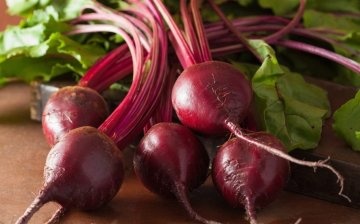
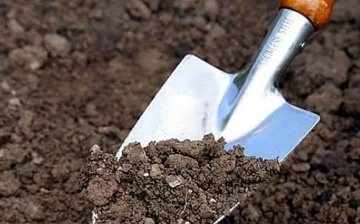
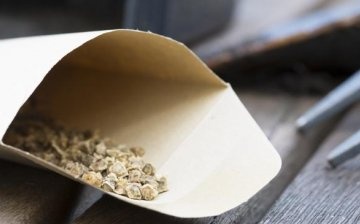
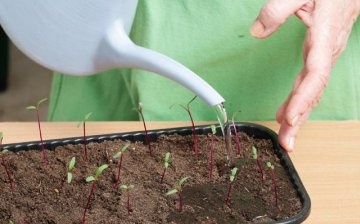

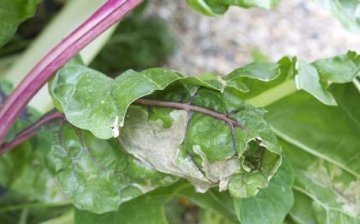







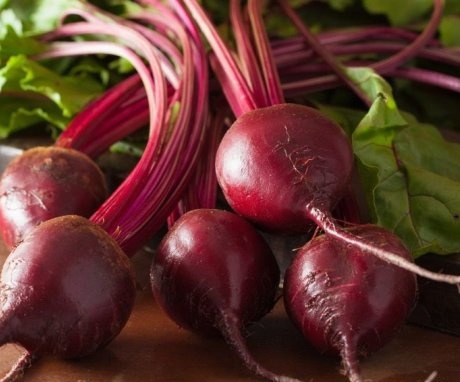

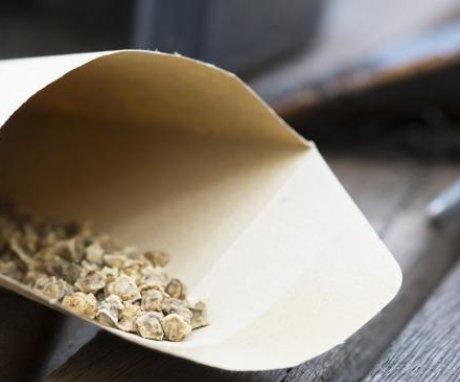

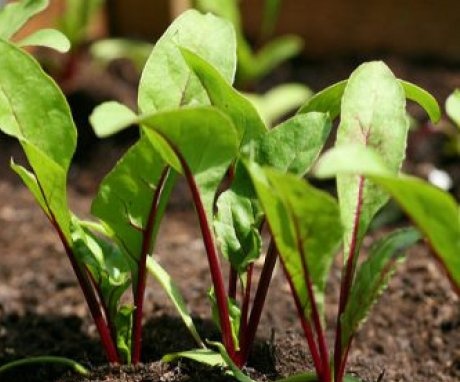
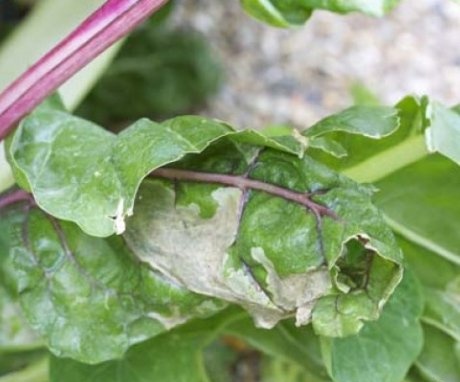
The good thing about beets is that they are not so sensitive to light, and they can be planted, even in the shade of trees, so that the sun illuminates the garden not all day, but only in the morning or afternoon.
Beets are often used in all kinds of salads and vinaigrettes, some people even cook borsch with it, but we somehow got used to making borsch without beets. This type of fruit should be eaten with caution by those with kidney problems.